 Use these tips as a general guideline to perfecting your budget studio space. Read More
Use these tips as a general guideline to perfecting your budget studio space. Read More Category The Compound Studio
 Use these tips as a general guideline to perfecting your budget studio space. Read More
Use these tips as a general guideline to perfecting your budget studio space. Read More 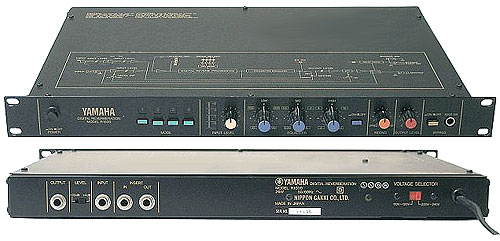
Crazy! Wacky! Out of this world! Only $30! At least I think that is what I paid for this odd little 12-bit digital reverb unit.
Acquired 2009 Read More
I’m building a dual delay machine using the PT2399 chip. The schematics I have are for a single circuit – so I’m building two side-by-side. The circuit is pretty cool and it emulates an analog delay. I’ve added a couple slight mods to the circuit to extend the delay times and extend feedback. Once I decide which mods I like the best I’ll throw this in a box.
Read More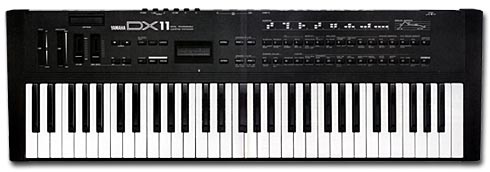
My friend came over to my house with this DX11 under his arm. He said it had some issues, he tried to fix it, but couldn’t. He said something like “I figured if anyone could get it going, you could. If it works, have fun. If not, TURF IT”.
So,. I threw it on my bench, did a little this, did a little that, and got it running. The first synth of 2010 for me.
Specy, specy goodness…
Polyphony – 8 voices
Oscillators – 4-Operator Digital FM synthesizer
LFO – Yes
Effects – reverb, DDL delay, pan and tremolo
Keyboard – 61 Keys (velocity and aftertouch)
Control – MIDI IN/OUT/THRU (8-part multitimbral)
Date Produced – 1988
Acquired: 2010
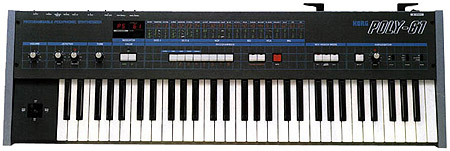
The Korg Poly-61 was released in 1982 as the successor to the Polysix. It’s the first synth that adopted what KORG calls “Digital Access Control” user interface that is also used in POLY-800. I answered an advert which was offering two of these (one working, one not). The working one works well. The non-working one does not. The battery blew up inside and made a corrosive mess. I think I’ll turn the non-working one into a clock or something.
Polyriffic spec-o-meg-a-rama…
- Polyphony – 6 Voices
- Oscillators – DCO1:sawtooth, pulse, and square; DCO-2: sawtooth, square
- LFO – 1 LFO can modulate the DCOs or the Filter
- Filter – 1 lowpass filter w/ ADSR
- Memory – 64 patches
- VCA – ADSR
- Keyboard – 61 keys
- Arpeggiator with external sync
- Effects – Chorus
- Control – MIDI (on later Poly-61M models)
- Dat...
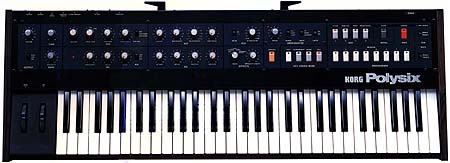
I bought this for next to nothing as it has the leaked battery problem. Someone has started the repair work but after doing a few traces it looks like they gave up. Cosmetically it was in great shape. This synth sat around for a couple years and I never got inspired to repair it. Sold it for what I bought it for.
specs…
Polyphony – 6 Voices
Oscillators – 1 VCO per voice (saw, PW, PWM) + 1 sub-oscillator per voice
LFO – 1 LFO assignable to VCA,VCF or VCO
Filter – Low-pass only, self-oscillates at high resonance. ADSR envelope for VCF filter.
VCA – VCA uses filter’s ADSR envelope or simple gate on-off
Effects – Chorus, phaser, ensemble
Memory – 32 patches
Keyboard – 61 keys
Arpeg/Seq – Arpeggiator (Up, Down, Up/Down, Latch; Full, 2-oct, 1-oct; rate 0.2 to 20 Hz)
Control – Chord memory, Arp...Read More
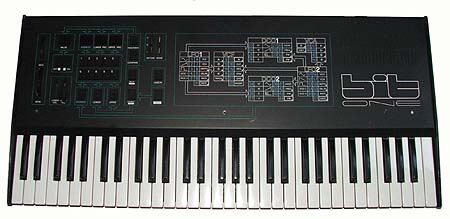
Built like a tank, I love this synth. It’s really weird. Mine stands out a bit because it was actually shot with a .22 pistol (long story.. don’t ask). The bullet just bounced off this beast. In fact, you have to look hard to see the damage. I’ll give you a hint. It’s under F6.
Sadly, my Bit One has electronic issues (not related to the drive by shooting). It used to work, then it didn’t work right, then it got shot. I fully planed on having this beast repaired one day – but got tired of packing it around. So I sold it.
Specs, specs, we got specs…
Polyphony – 6 voices
Oscillators – 2 DCOs per voice (triangle, sawtooth, pulse waveforms, noise)
LFO – 2 LFO’s (triangle, ramp and square waveforms)
Filter – 1 VCF Resonant...
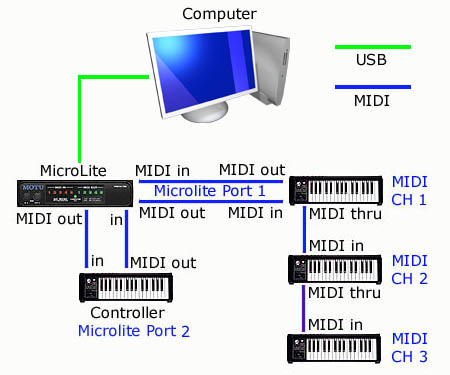
MIDI Connection Overview
I’ve had a lot of people ask me how all my keyboards are connected. Are they all MIDI connected? How did you wire it? How do you keep it all straight?
I’m not sure how other people with 30+ keyboards wire their rooms, but here is the method I’ve come up with through trial and error. It seems to work well and isn’t that hard to keep track of things.
MIDI Basics
If you already understand the basics of MIDI you can jump to Part 2. If you don’t have a full understanding (or you have a limited understanding of MIDI) I’ll do my best to explain it. Let’s start with a couple analogizes to fully confuse you right out of the gate.
In simple mechanical terms MIDI is like a player piano. Paper piano rolls are covered in holes...
Read More





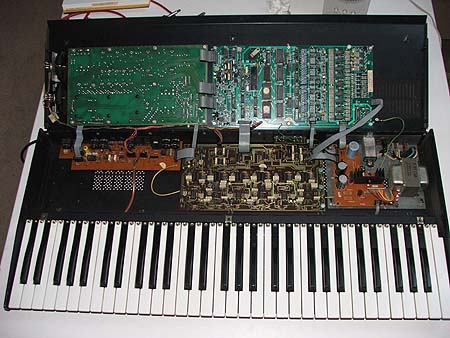
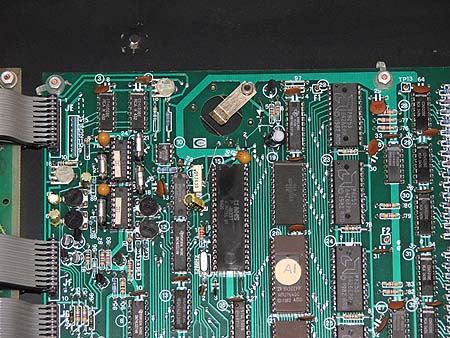
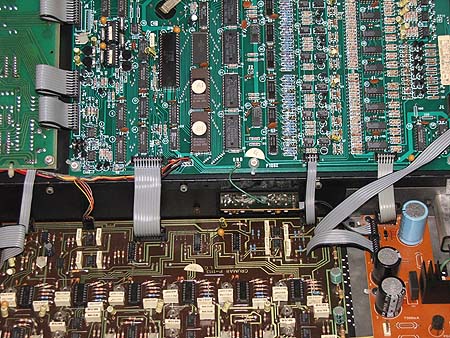

Recent Comments